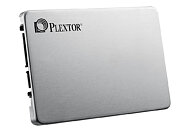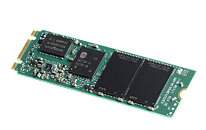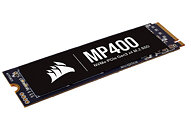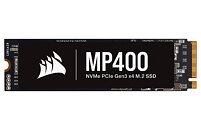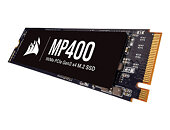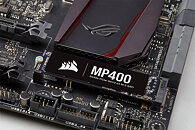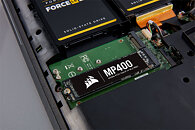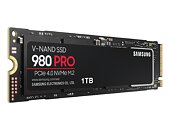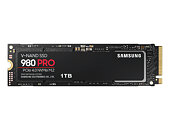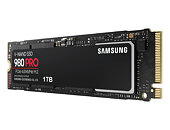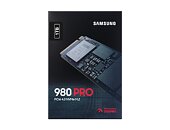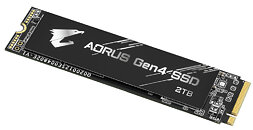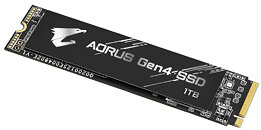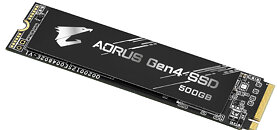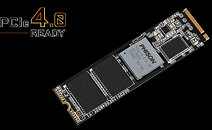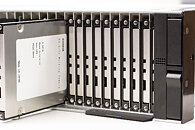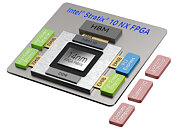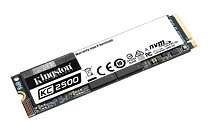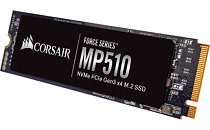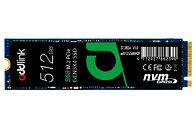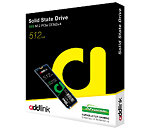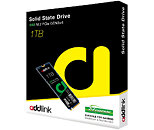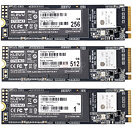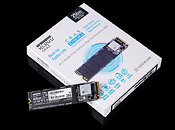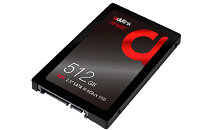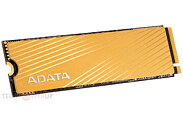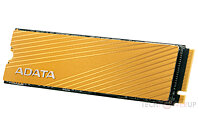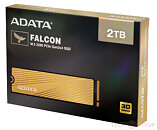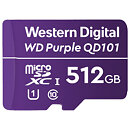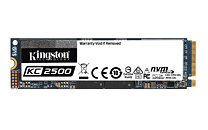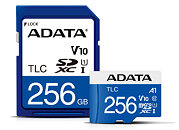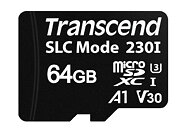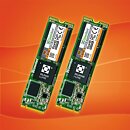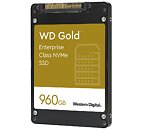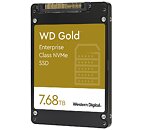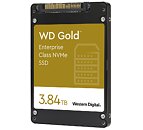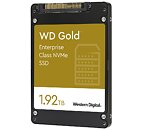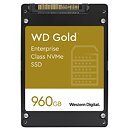
Plextor Unveils M8V Plus Series SATA SSDs
Plextor late last week unveiled the M8V Plus line of mainstream SATA SSDs in the 2.5-inch and M.2-2280 form-factors. The M8V Plus is an incremental update of the original M8V series from 2018. What's new is the implementation of KIOXIA-sourced 96-layer TLC NAND flash replacing 64-layer chips from Toshiba. The M8V Plus series comes in 256 GB, 512 GB, and 1 TB variants, while the original M8V came in 128-thru-512 GB variants.
The Silicon Motion SM2258 controller under the hood of the M8V Plus, has been updated to its latest revision, and supports Plextor-innovated Plex Compress technology. This feature uses the controller's idle time to compress files that haven't been accessed for over 30 days. The Plex Turbo feature, which is essentially variable-size SLC cache, has also been improved to be larger in size. On-paper performance hasn't changed, with the company claiming up to 560 MB/s sequential reads, up to 520 MB/s sequential writes, up to 90,000 IOPS 4K random access for the 256 GB and 512 GB variants; and up to 88,000 IOPS random access for the 1 TB variant. The company rates write endurance for the 256 GB variant at 140 TBW, 512 GB variant at 280 TBW, and 560 TBW for the 1 TB variant. All three variants are backed by 3-year warranties. The company didn't reveal pricing.
The Silicon Motion SM2258 controller under the hood of the M8V Plus, has been updated to its latest revision, and supports Plextor-innovated Plex Compress technology. This feature uses the controller's idle time to compress files that haven't been accessed for over 30 days. The Plex Turbo feature, which is essentially variable-size SLC cache, has also been improved to be larger in size. On-paper performance hasn't changed, with the company claiming up to 560 MB/s sequential reads, up to 520 MB/s sequential writes, up to 90,000 IOPS 4K random access for the 256 GB and 512 GB variants; and up to 88,000 IOPS random access for the 1 TB variant. The company rates write endurance for the 256 GB variant at 140 TBW, 512 GB variant at 280 TBW, and 560 TBW for the 1 TB variant. All three variants are backed by 3-year warranties. The company didn't reveal pricing.
